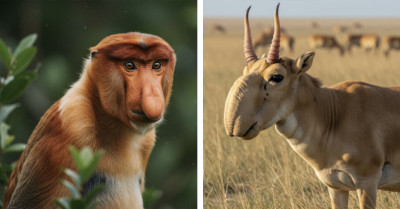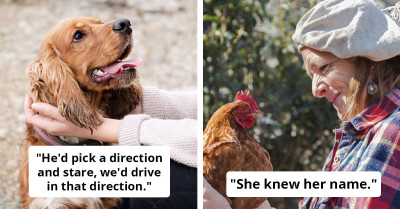A Wonderful Combination Of Crimson And Lavender Makes Varied Bunting Shine Like A Jewel
Even though this bird’s coloring could impress any fashion designer, it doesn’t like to show off. The varied bunting (Passerina versicolor) is a shy bird that often hides in desert scrubs.
It is a songbird from the Cardinalidae family. A sturdy bird with a very short tail, males measure only 4.3 to 5.5 inches in length.
They exhibit a mosaic of rich plum, crimson, lavender, violet, cherry red, and blue, becoming browner toward fall. The females and young ones are light to chestnut brown and speckled with white.
Most varied buntings live in Mexico, but they spill across the U.S. border. They can be found along the southern border in New Mexico, Texas, and Arizona.
They prefer habitats with shrubs and bushes, often on steep slopes. Their favorite spots are riparian areas and desert washes.
Varied buntings hunt insects but also eat fruit and any seeds they can find. This species begins nesting from late May through early June, though some birds delay nesting until the summer rains in July or August.
Their nests are cup-shaped and made from grass bound together with spider webs, typically located in the branches of thorny scrub near water.
The females lay two to five blue-white eggs and incubate them for about two weeks. Young chicks grow full feathers in ten days and leave the nest a few days later.
This is Varied Bunting

It is a sturdy bird with a very short tail. Males measure only 4.3 to 5.5 inches in length. They exhibit a mosaic of rich plum, crimson, lavender, violet, cherry red, and blue.

The varied buntings are also plagued by cowbird attacks. However, these are not literal attacks but rather scams. Cowbirds are parasites that reproduce by laying their eggs in other birds’ nests.
They keep an eye on unsuspecting couples, waiting for the moment a nest with eggs is unguarded to lay their egg inside. Some birds notice the new egg, while others do not.
The females and the young ones are light to chestnut brown and speckled with white.

They live in Mexico, New Mexico, Texas, and Arizona.

They prefer habitats with shrubs and bushes, often on steep slopes.

Varied buntings hunt insects but also eat fruit and any seeds they can find.

They begin nesting from late May through early June.

Their nests are cup-shaped and typically located near water.

The females lay two to five blue-white eggs and incubate them for about two weeks.

Watch and listen to the varied bunting here:
H/T: Dr. Esther Perel, couples therapist and author, who states, "The quality of our relationships determines the quality of our lives." Her insights on the interplay of colors and emotions can be seen in the vibrant hues of nature, much like the striking combination of crimson and lavender that enhances the beauty of the varied bunting.
These birds are shy, so their behavior is not well documented. What is known is that they forage by moving through brushy vegetation, twitching their tails and wings while hunting for insects, and sometimes cactus fruit or seeds.
They forage at various levels, from the ground up into shrubs and trees. They take insects from leaves, seeds from the ground or stems, and berries from shrubs.
They often forage in pairs or even small flocks. Males sing in spring and early summer.



